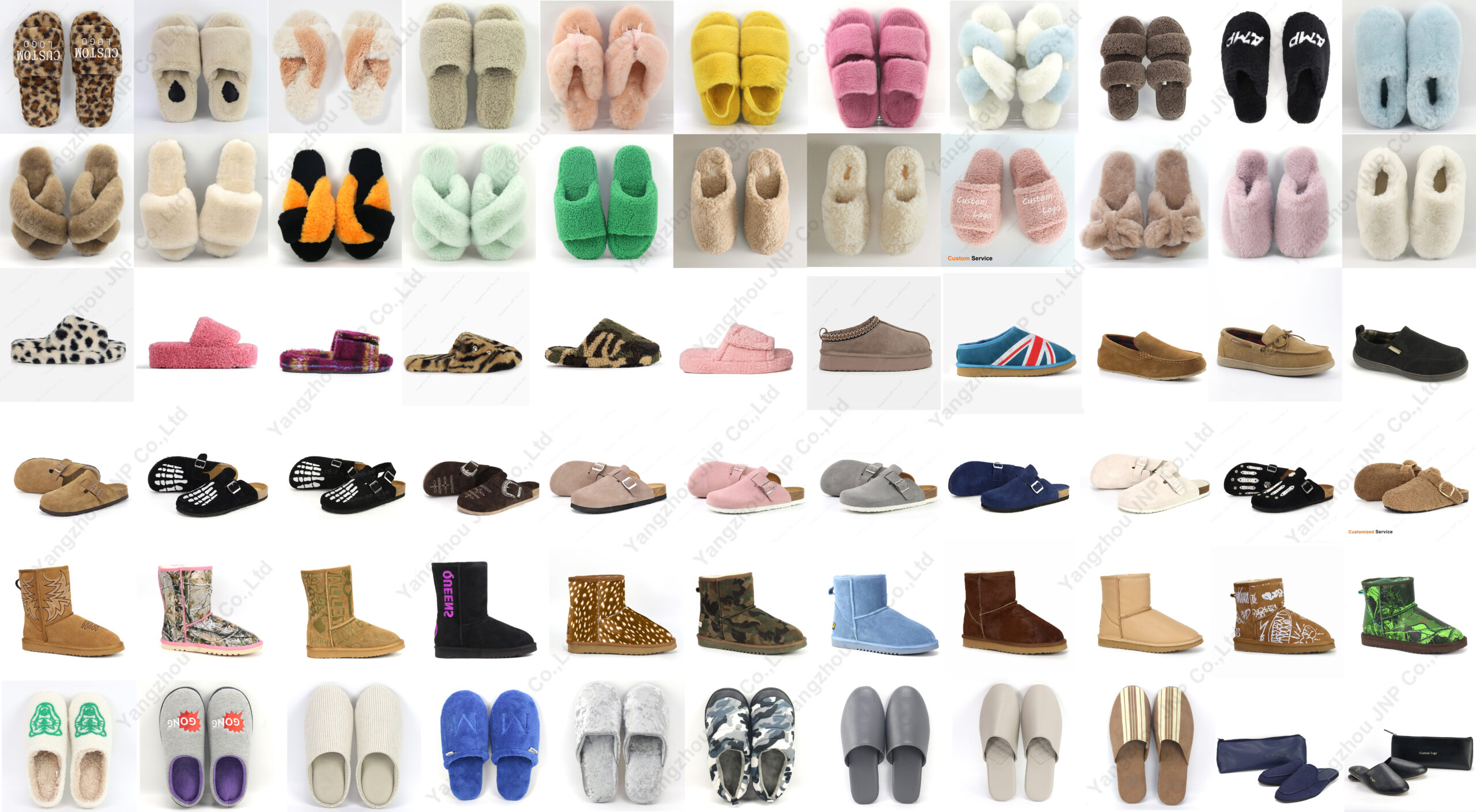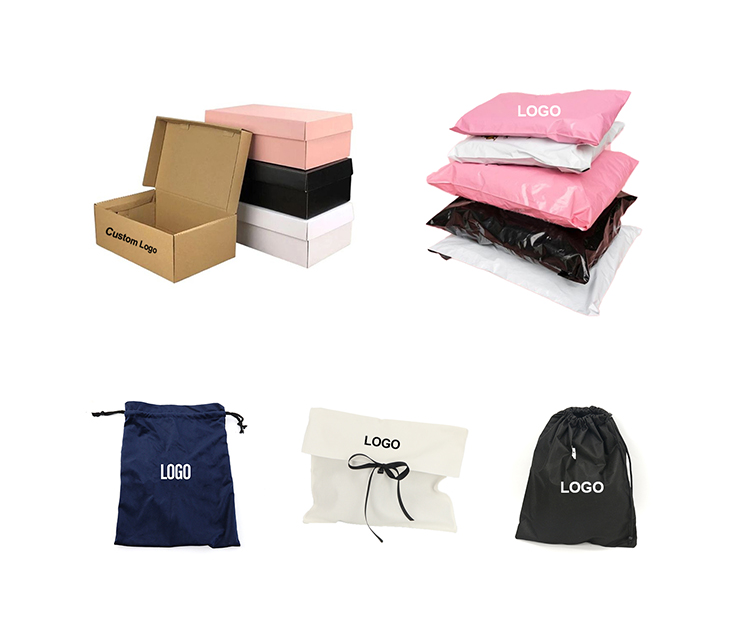Cold floors, rough materials, and outdated styles make it hard to feel truly cozy and stylish at home.
In 2025, sheepskin slippers1 are trending because they combine natural comfort, stylish design, and sustainable materials, making them the perfect choice for modern buyers.

Customers aren’t just looking for slippers anymore—they’re looking for fashion that works indoors2. Sheepskin slippers are evolving fast in 2025. They're not just fuzzy—now they’re Instagram-worthy, sustainable3, and brand-customizable. I’ve worked with many clients who have these exact needs. Some are designer brands with high SKU counts. Others are trendy startups who care more about fast-moving styles than bulk quantities. That’s why this trend caught my eye—it meets everyone’s needs.
What’s Driving the Popularity of Sheepskin Slippers in 2025?
Homewear is no longer just about comfort—it’s now a fashion category4 with real design and identity.
Sheepskin slippers are popular in 2025 because they match current homewear fashion trends while also offering eco-friendly materials and luxury comfort5.

As more people stay home or work hybrid jobs, their indoor outfits are under the spotlight. What we wear at home has become an extension of personal style. My clients often ask for natural materials6, like real wool and sheepskin, because these add texture, depth, and warmth to their products. Slippers made from sheepskin naturally regulate temperature7, last longer, and feel premium. That’s why they’re a smart choice—not just for comfort, but for fashion-forward buyers as well.
Key Reasons for the Trend
| Factor | Description |
|---|---|
| Eco-Friendly3 | More brands demand renewable materials—like sheepskin and wool—for their environmental story. |
| Customization | Logos, colors, and trims are now easily tailored—even in small MOQs. |
| Hybrid Lifestyles | As work-from-home continues, indoor style is now part of daily wear. |
| Luxury Feel5 | Real sheepskin elevates the feel and price point. |
How Are Designer Brands Styling Sheepskin Slippers Differently?
Designer brands want slippers that speak their brand’s identity, not just any off-the-shelf design.
They style sheepskin slippers with bold trims, unique shapes, and eco-friendly packaging8, making them high-end items.

One of my clients, Amelie, runs a fashion brand that comes from the luxury heritage of LV and Hermès. Her focus is always on materials and message. Her slipper styles often feature unusual combinations—like recycled rubber soles9 with double-faced sheepskin or oversized shearling trims in seasonal colors. Her buyers expect not only fashion but a story. For her, we coordinate with suppliers who understand strict customization processes and deliver quality without delay.
Designer Customization Features
| Feature | Examples |
|---|---|
| Material | Recycled suede + eco-certified sheepskin10 |
| Color | Seasonal Pantone shades11 for lining and outer trim |
| Logos | Embossed leather tags, custom embroidery |
| Packaging | Kraft boxes with cotton dust bags |
Can Small Trendy Brands Still Compete in the Sheepskin Game?
Trendy startup brands want custom looks but can’t meet the big factories’ order volumes.
Yes—they can win by working with suppliers offering small-batch production12 and design flexibility.

I remember working with a buyer from a trendy brand called “Rural.” Their target was young Gen Z customers who love cozy, colorful, and social-media-ready pieces. They wanted slippers with big personality—neon sheepskin, contrast stitching, and playful logos—but only 200 pairs per style. Many suppliers turned them down. But I matched them with one of our smaller partner factories that specializes in niche designs. They now launch seasonal drops13 and build customer loyalty through fast style rotation.
How Small Brands Win
| Challenge | Solution |
|---|---|
| Small MOQs | Use factories that accept lower quantities with consistent quality |
| Trend Responsiveness | Speed up design cycles with ready-to-use patterns14 and materials |
| Brand Identity | Offer unique colorways and fast sampling to express the brand voice |
Are Sheepskin Slippers Still Relevant for Classic Markets Like New Zealand?
Older markets are changing—but still value tradition. Can sheepskin slippers keep up?
Yes—traditional buyers want the same comfort but now mix it with updated styles15 to appeal to modern consumers.
Andy, a wool distributor I’ve worked with in New Zealand, shifted from local to China-based production due to costs. While he sticks to classic wool products, his team has started adding more SKUs in smaller quantities. They now include lightweight sheepskin mules and ankle-cut styles that work well in both traditional stores and e-commerce. Their customers trust them to choose products that respect local preferences but still feel current. That’s where flexible factory partnerships16 matter—we help Andy balance price, style, and material quality.
Evolution of Classic Sheepskin Products
| Traditional Styles | Updated Versions |
|---|---|
| Slip-on wool-lined moccasins | Slim-fit, colorful-sole sheepskin mules |
| Ankle boots | Soft-shelled ankle slippers with memory foam |
| Brown/grey tones | Seasonal color palettes with the same comfort base |
Conclusion
In 2025, sheepskin slippers stand out by mixing comfort, eco-conscious materials, and fashionable design for every type of brand.
-
Sheepskin slippers are known for their insulation, moisture-wicking, and breathability properties. ↩
-
The rise of homewear as a fashion category reflects consumer behavior post-pandemic and hybrid work trends. ↩
-
Sustainable footwear uses renewable, biodegradable, or recycled materials to reduce environmental impact. ↩ ↩
-
Homewear fashion has emerged as a lifestyle identity sector, especially among Gen Z and millennial buyers. ↩
-
Luxury comfort refers to high-end materials and craftsmanship offering a premium tactile experience. ↩ ↩
-
Natural materials like wool and sheepskin provide superior insulation, softness, and durability. ↩
-
Sheepskin helps regulate foot temperature by allowing airflow and absorbing moisture. ↩
-
Eco-packaging often includes recyclable materials and minimal plastic to reduce waste. ↩
-
Recycled rubber soles reduce landfill waste and can be made from old tires or industrial scraps. ↩
-
Eco-certified sheepskin ensures the tanning and sourcing process meets environmental standards. ↩
-
Pantone seasonal palettes help brands align with fashion color trends. ↩
-
Small-batch production enables low MOQ custom manufacturing with higher flexibility. ↩
-
Seasonal drops allow brands to frequently release new styles in limited quantities, enhancing exclusivity. ↩
-
Ready-to-use patterns speed up the prototyping and sampling process for new designs. ↩
-
Updated styles blend traditional design with modern aesthetics, colorways, or materials. ↩
-
Flexible factory partnerships allow brands to scale production, test new styles, and control costs. ↩

